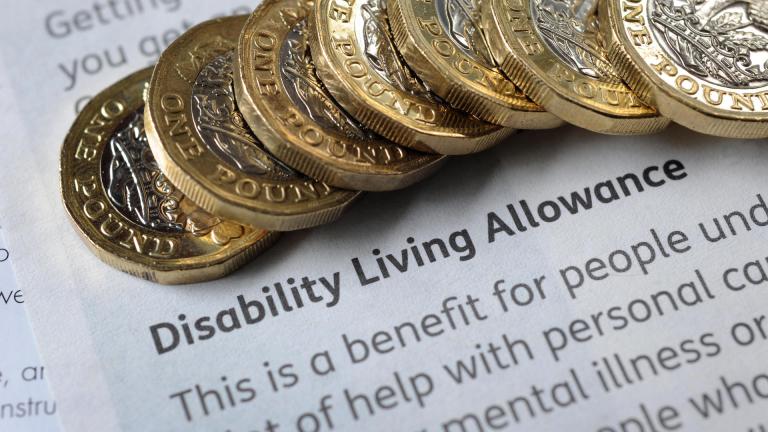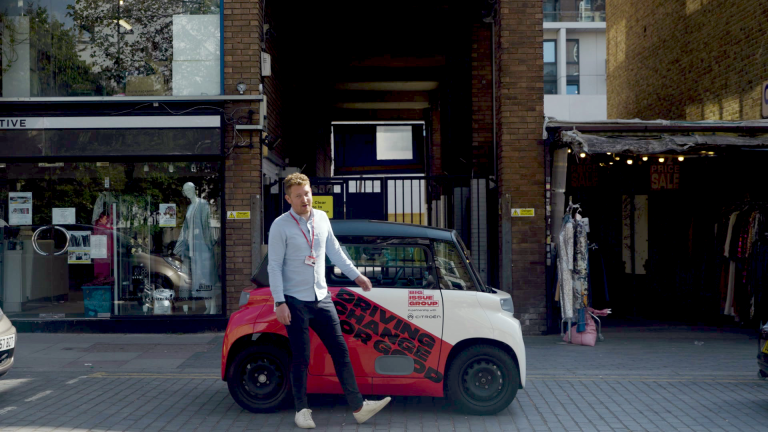Read more:
The proportion of NEETs inactive due to sickness or disability has more than doubled since 2005, with over one in four NEETs now inactive for this reason (29% of men and 26% of women).
Young people are also becoming increasingly detached from the workplace. Sixty per cent of NEETs today have never worked, compared with 42% in 2005.
Without targeted support, Murphy warned, the government “risks a cohort of young people slipping through the cracks into a lifetime of lower living standards”.
The UK’s NEET rate now stands at 15% for 18–24-year-olds, higher than the EU average of 12%, and more than double the rate in the Netherlands (5%) and Norway (7%). Ireland, which once faced even higher rates after the financial crisis, has since halved its NEET rate to around 8%.
It is impossible to understand these figures without considering health and disability, said David Finch from The Health Foundation, which supported the research.
Advertising helps fund Big Issue’s mission to end poverty
“The consequences of the worsening health of our country’s young people are becoming crystal clear,” he added.
“Preventative action is urgently needed, otherwise there’s a risk that we set our young people onto a path of ill health through the rest of their lives. This would be a sad loss of potential for the individual and the economy.
What are the government doing about NEETs?
At the Labour Party Conference in Liverpool, chancellor Rachel Reeves pledged the “abolition” of youth unemployment.
“[I will] not accept that school pupils, full of promise, become adults, full of frustration,” she said.
As part of this drive, the government has promised a guaranteed paid work placement for 18- to 21-year-olds who have been out of a job or education for 18 months.
The initiative builds on a “youth guarantee” announced last November, offering every 18- to 21-year-old in England access to an apprenticeship, training, or employment support. Those who refuse could face the loss of conditional benefits such as universal credit.
Advertising helps fund Big Issue’s mission to end poverty
The move is a welcome acknowledgement of the issue, said Paul Sissons, professor of regional economic development and policy at Keele University – but it leaves key gaps.
“It’s really encouraging and important that it’s an area that the government is looking at,” he said.
“But it’s less clear how many people this specific policy will benefit. The overall figure for 16- to 24-year-old NEETs is around 950,000. The program that’s been announced specifically targets 18- to 21-year-olds, so it’s just a part of that cohort.”
Many NEETs also fall outside the welfare system altogether.
“Large numbers of people who are NEET are not in the benefit system, so they’re not claiming universal credit. So essentially, they’d be outside the scope of this provision,” he said.
“Of the people who are on universal credit, many will also be on there for things like health-related benefits. So they don’t really fall into the sort of conditionality regimes that the program would cover.”
Advertising helps fund Big Issue’s mission to end poverty
Sissons estimates that just around 50,000 young people aged 18-21 fall into the “searching for work” group subject to possible benefit sanctions.
The new report confirms this concerns. Nearly half (44%) of all NEETs aged 16–24 do not engage with the benefit system at all.
The age problem is also a thorny one, as disadvantage persists past 21. Those aged 22–24 whose highest qualification is at GCSE level or below are three times more likely to be NEET than graduates (30% versus 9%).
The Resolution Foundation warns that the growing number of NEETs is a major living standards concern, since being NEET at a young age significantly increases the risk of long-term unemployment and low pay.
“There’s really good evidence that youth unemployment has what’s termed the scarring effect. Outcomes for these individuals are consistently worse across the board in terms of employment and health outcomes,” Sissons said.
The Resolution Foundation is now urging the government to broaden access to the youth guarantee to include 22–24-year-olds, and to improve the quality and frequency of work capability assessments for young people on health-related benefits.
Advertising helps fund Big Issue’s mission to end poverty
Do you have a story to tell or opinions to share about this? Get in touch and tell us more.
Reader-funded since 1991 – Big Issue brings you trustworthy journalism that drives real change.
Every day, our journalists dig deeper, speaking up for those society overlooks.
Could you help us keep doing this vital work? Support our journalism from £5 a month.









